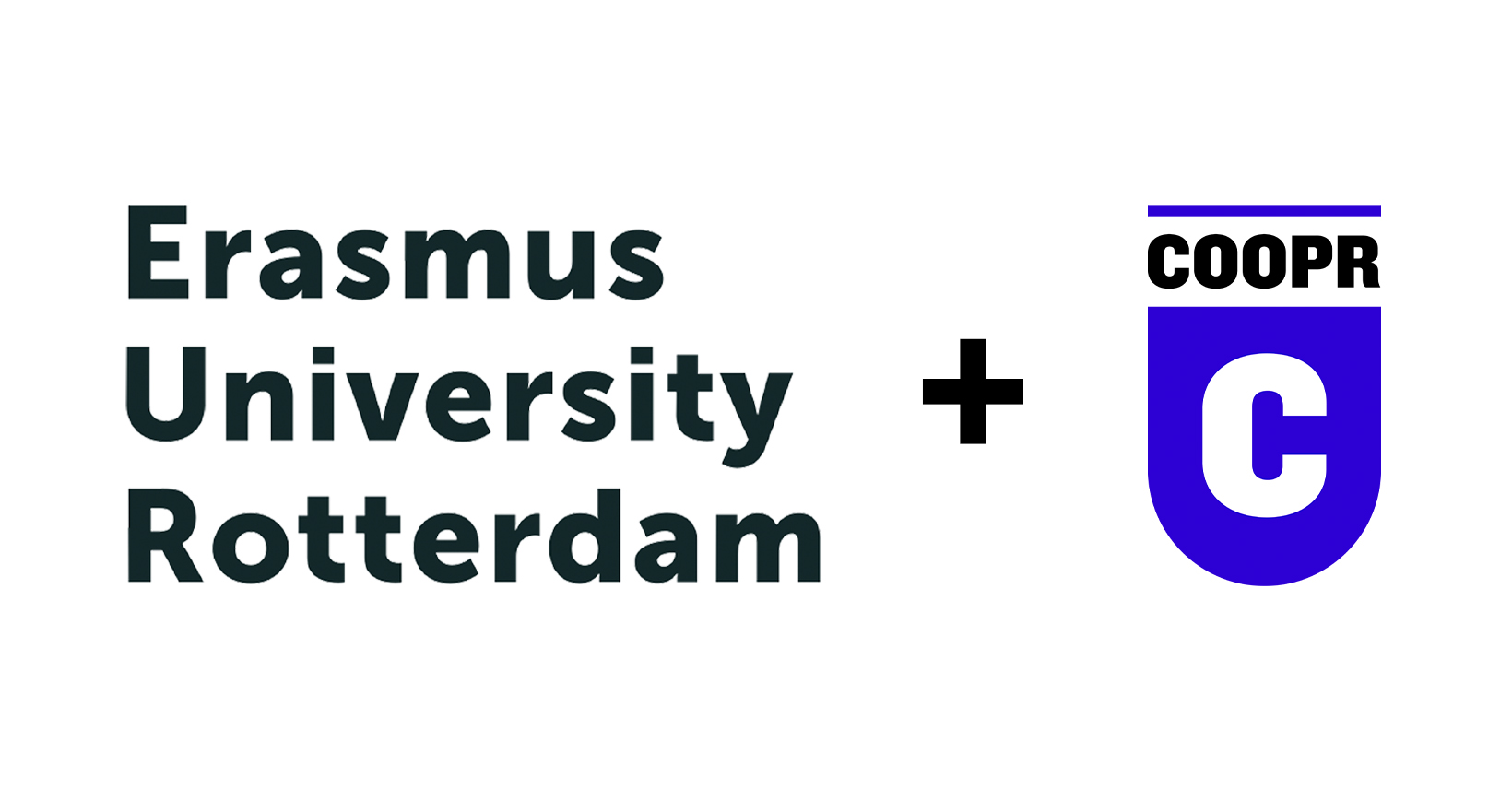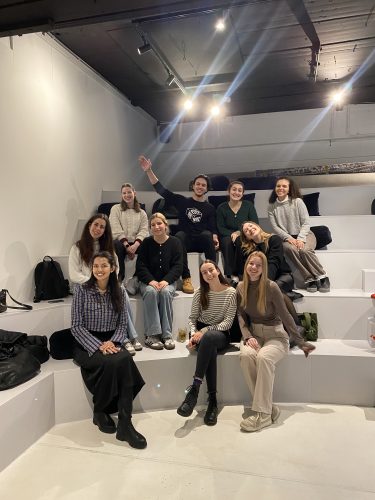Zooming in on Coopr’s PR Model: Insights, Strategy and Media Relations

While it felt like the kick-off of the Coopr Academy was only yesterday, on Tuesday February 19 it was already time for the second session, located at the Stroom Hotel Rotterdam. It promised to be an intense session where the ten selected Erasmus University students dive into Coopr’s working method as a starting point for their strategic proposal for Pathé.
The first part invited Marieke Verhaar-Fennis, senior PR consultant at Coopr, to talk about insights and strategies in public relations. The very beginning of a PR campaign and strategy starts with insights. We gain insights by zooming into a company, its customers, and the relevant market. As Marieke states, gathering insights requires a lot of digging and talking. Important to consider is that insights are perceived and defined differently by individuals.
Insights can be based on facts derived from hard data but could also regard knowledge in the form of perspective and understanding. Big data is helpful for showing correlations, whereas small data puts the big data in context. Small data is collected through the research of individuals by talking to them, in order to gain insight on the emotional connection with a brand. To put us to the test, Marieke showed cases (e.g. Netflix, Socks for Alzheimer) where we had to identify the specific insights behind the campaign.
Insights are relevant as they could help predict where a company is heading to, they foster understanding of the target group and the market, and they help discover the right angle, advantage and unique selling points (USPs) that distinguish a brand from another. A fresh and diverse combination of insights set the directions for an adequate PR strategy.
After we learned about insights and where and how to gather them, it was time to move to the how question in PR by exploring strategy. To illustrate how strategies are created and executed, we were introduced to Norwegian soup brand “Kokkeklar” and their remarkable strategy. This brand’s objectives entailed sales, awareness and distinction from competitors. The insights that set their consequent strategy regard soup being a low-involvement product and the researched connection between soup and humor. The strategy focused on humor to encourage people to taste the soup in an engaging setting. Their tactic was to invite Larry Thomas, known for being the “Soup Nazi” in a tv series and replicate the kitchen setting. This case shows how insights determine a successful strategy.
Referring to theory, strategy is about having an advantage over competitors and regards the “how” question. How are we going to achieve the desired objectives (e.g. a unique position) for this brand? However, Aligned with Simon Sinek’s known golden circle, PR starts with “why” questions, to clarify a brand’s objectives. Why does a product or brand matter? As strategy and tactics are often intertwined by mistake, strategy regards thinking (how) and is difficult to copy, whereas tactics regard actions (what) and are relatively easy to copy. Tactics make sense if the strategy is good. Next, it was time to look at cases of brands’ impressive strategies, have a discussion on the strategies and again detect the insights that determined these specific strategies. The cases involved Cheetos, Netflix and an Australian Bank.
After we had a lovely dinner served by the hotel, we could continue the session with a fresh mind. The second part of today’s session addressed the “what” question and explored tactics and practices in PR. Monique van den Berg, PR consultant and Media Relations specialist at Coopr shared her knowledge on news management and media relations.
News is an essential aspect in PR. News can be defined as small news stories based on everyday events, created and structured by journalists. Both companies and agencies create new, just like Coopr does. The crucial question to evaluate information and judge news is to consider its newsworthiness, for different parties such as the consumer, the media etc. Important to note, commercialism is not important for journalists and thus will not trigger them to pick up news. To ensure newsworthiness, information must be different from the known, current and relevant. Furthermore, information that is of social importance, that provokes emotions, regards a conflict, trend or evolution, or offers a problem-solving solution can be valued as newsworthy. In addition, we learned about the three-phase news cycle, from breaking news to added facts and details to background stories.
Moreover, Monique shared her experiences in media relations and points us to important considerations. We have to keep in mind the so-called company “bubble”, where companies believe their newest product or news is of interest of everyone, which is often not the case. Monique refers to a previous example of Marieke’s parents still not using Netflix for several reasons. A solution to ensure newsworthiness would be to focus on niche markets. Furthermore, Monique explains how to choose your content and via which channels you should distribute it for what purposes.
The second part of the session would not be complete without some room for discussion and interactivity. After talking about the role of storytelling and media relations in PR, Monique showed cases she has worked on herself and challenged us to share our personal tactics if we were to work on a certain case. She chose the case of tv series “13 Reasons Why” as she sensed that we would have all heard about it and most of us have seen the series ourselves. Through this case, Monique showed how (negative) stories can be turned around. The series evoked negative publicity due to possible “glamorization of suicide”. Stories can be turned around by expressing regret, elaborating and explaining the issue, and evaluating learnings. For this case, the problem was acknowledged and responded to by explicitly communicating mental health resources.
This dynamic session covered the gathering of insights and the creation of strategies. Today’s content could be divided in the why (objective), the how (strategy) and the what (tactics). Furthermore, we have learned about news management and media relations. We now know how to take a critical stance when it comes to insights, strategies and news. It is up to us incorporate today’s learnings in our strategic proposal for Pathé!

